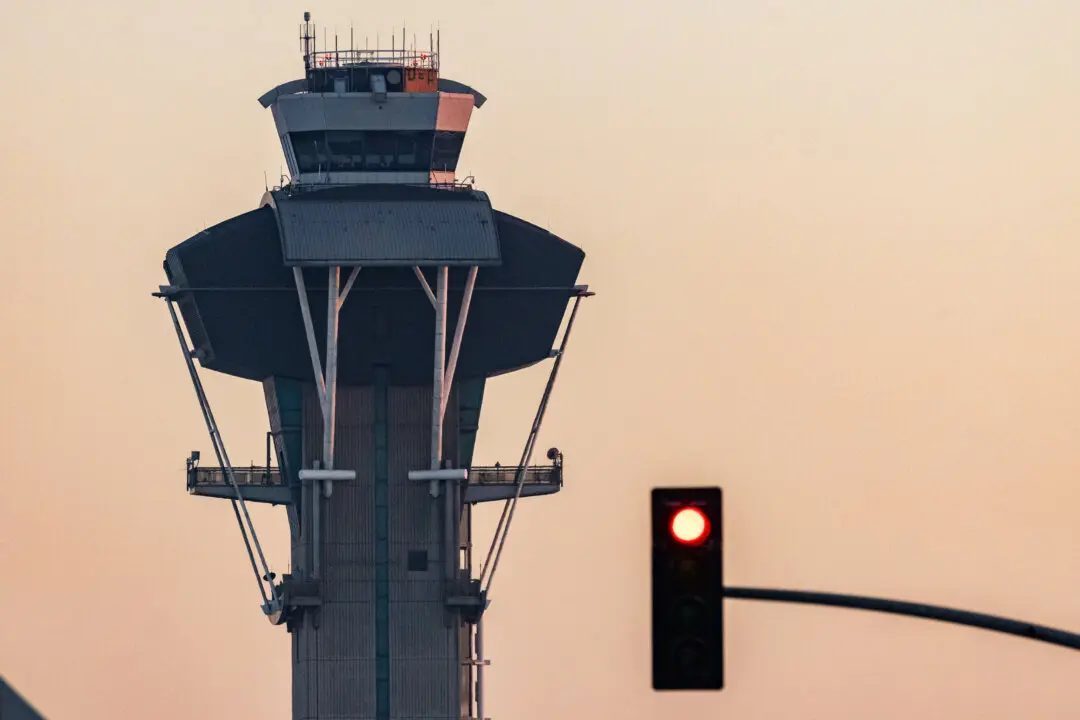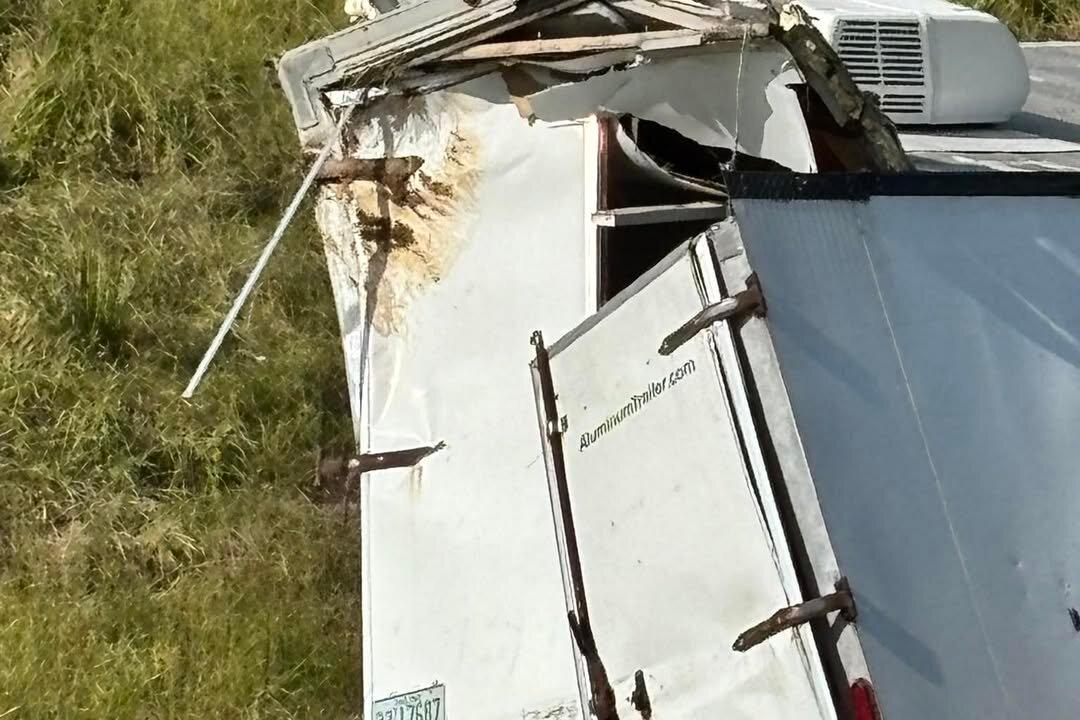California’s high-speed rail project has again come up short, needing an additional $7 billion by June 2026, and lawmakers are seeking solutions as continued federal support remains in peril, according to a budget hearing held on March 26.
The money is needed by June 2026 to begin the long-delayed project’s first stretch through the state’s central region from Merced to Bakersfield—which is about one-third of the route.





